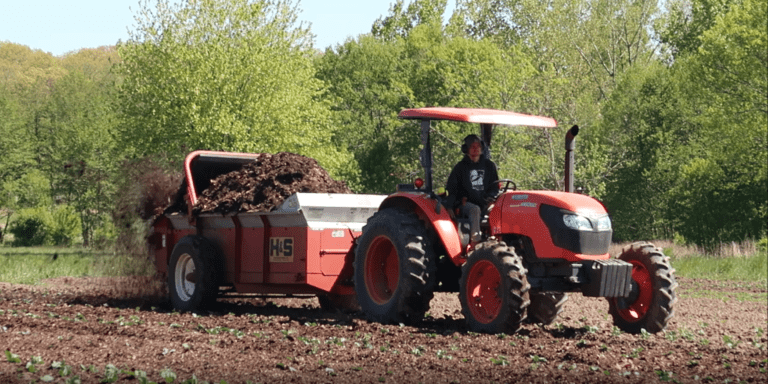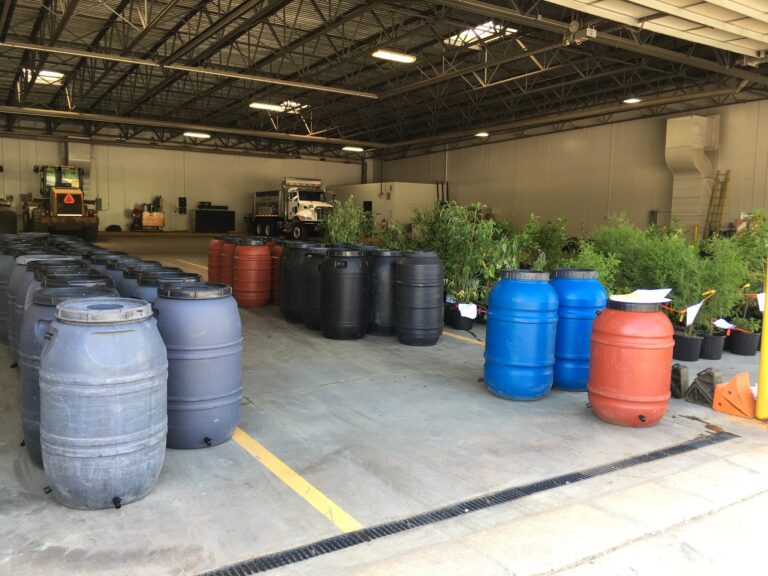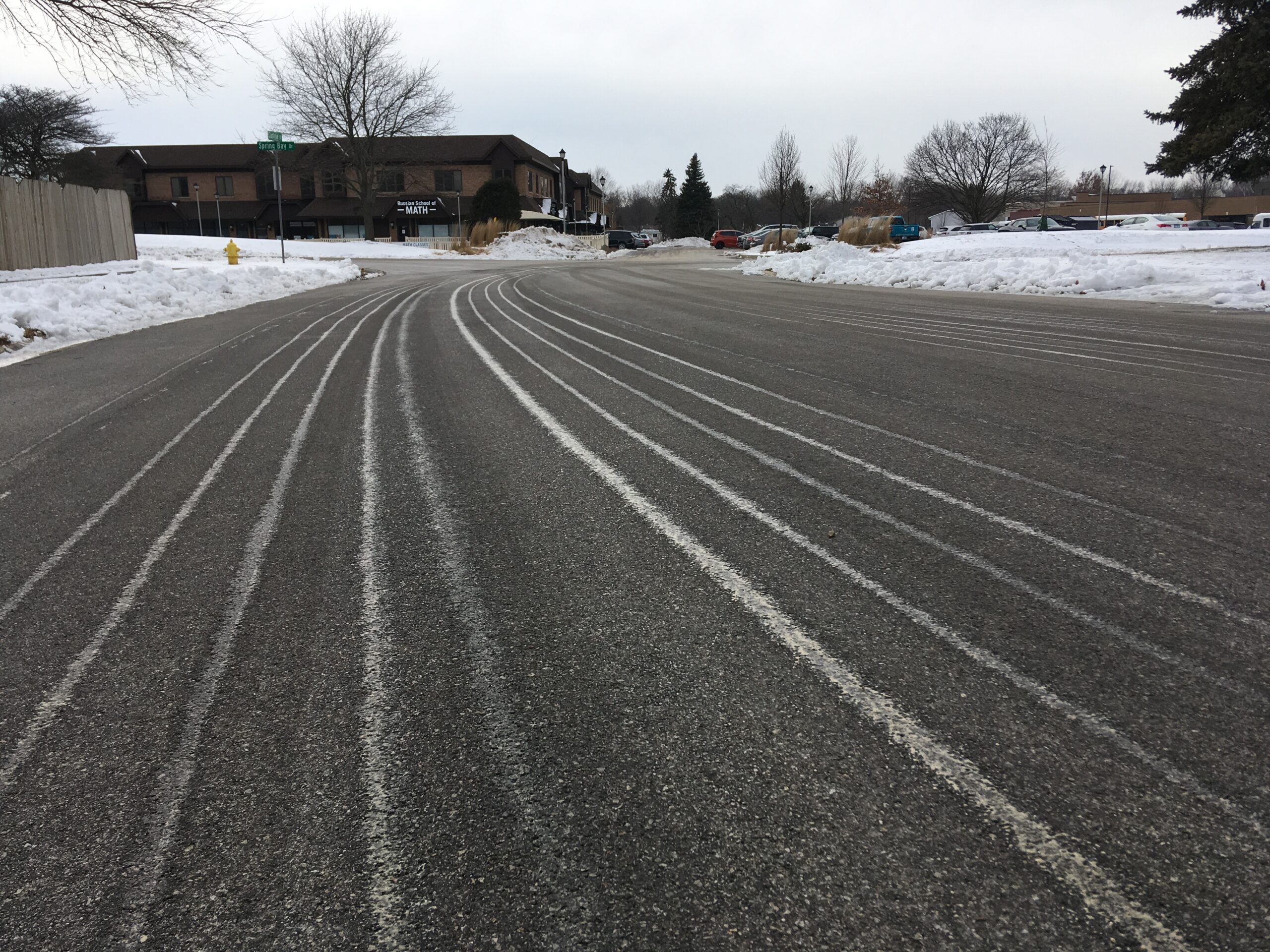
Cleaner Water: Advances in Wastewater Treatment Technology
Advances in wastewater treatment technology make our water even cleaner and protect local rivers and streams.

Advances in wastewater treatment technology make our water even cleaner and protect local rivers and streams.



Advances in wastewater treatment technology make our water even cleaner and protect local rivers and streams.


All the leaves you rake and bring to the curb for collection have to go somewhere. Ever wonder where the leaves from your yard ultimately end up?


We revitalized our old garden beds with a new design and new native plants. Learn what we did as well as tips for creating your own garden!


Before heading out for a day on the water, there are a few things to keep in mind to keep the river enjoyable and safe for everyone.


We’ve added a rain barrel to our native plant garden to collect chlorine-free rainwater for watering our new plants.


Any successful project starts with a plan. Here’s what you need to consider when planning a native plant garden.


Follow our Garden Refresh project as we update our garden beds with beautiful, environmentally friendly native plants!


A rain garden can help solve flooding problems on your property and add attractive landscaping to your yard.


Freshwater mussels are important members of the aquatic community, but face several challenges today.


Pet waste spoils other’s enjoyment of the outdoors, degrades the water quality of local streams, and can be a public health hazard.


Pick up the poop every time, everywhere! When walking your dog, come prepared with bags and always throw the waste into a garbage bin.


Ever wonder how fish make it through our cold winters? Fish have several strategies to slow down and survive the winter.


Anti-icing is a proactive approach to clearing snow and ice. Liquid deicers are sprayed on the roads before a storm.